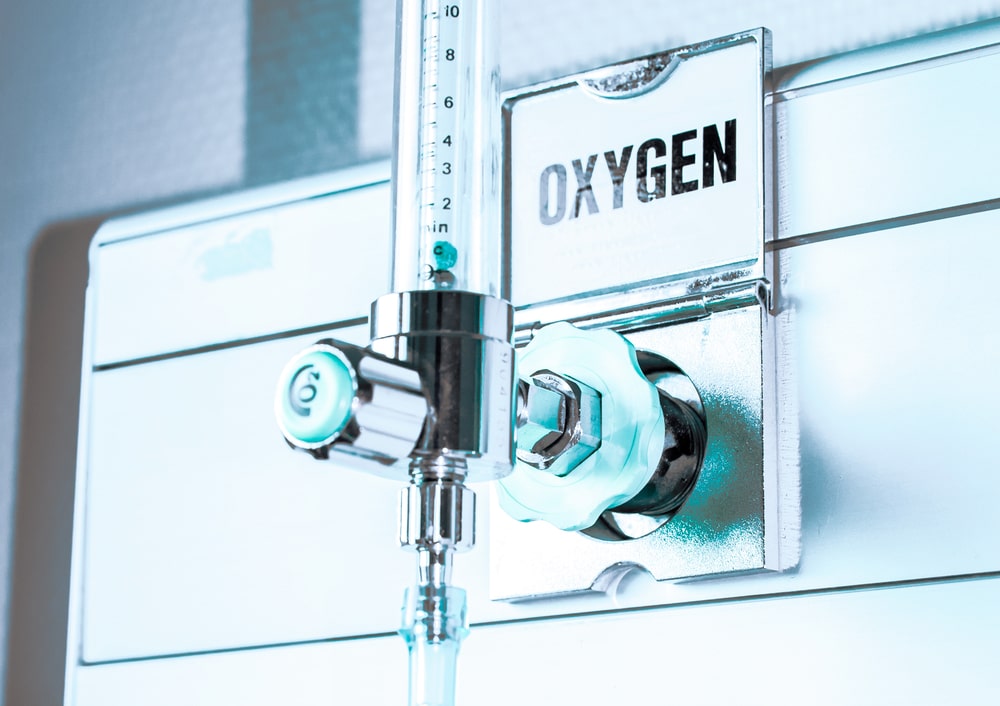
A Texas Gulf Coast refinery has closed part of a key process unit due to a lack of oxygen supply amid a resurgence of the coronavirus pandemic. Authorities cited increased medical demand for the gas, according to Bloomberg news.
Citgo Petroleum Corp. is shutting down a section of a sulphur recovery unit for several days due to the loss of third-party oxygen supply “resulting from increased medical field demand,” according to a state environmental filing. Bloomberg reports that oxygen is used to boost the ability to recover the sulphur.
Oxygen supplies have been tightening in parts of the U.S. due to medical use of the gas as Covid-19 patients require intensive care. In recent days, Premier Inc., a supply-purchasing group, said hospitals in the U.S. Southeast were running low on oxygen, with only 12 to 24 hours’ worth of oxygen are left.
India suffered a similar shortage of Oxygen earlier this year when it endured a wave of cases that overwhelmed health care facilities. Local refiners such as Indian Oil Corp. diverted oxygen from industrial operations to hospitals, prompting processors to scale down operations.
The New York Times reports that authorities in Hawaii are struggling to transport tanks of oxygen from the mainland as the state’s hospitals grow increasingly strained by new coronavirus infections.
Medical authorities are asking people to postpone elective surgeries and the state’s 223 I.C.U. beds have dwindled to 16 available, said Hilton R. Raethel, the president and chief executive of the Healthcare Association of Hawaii. The demand is up 250 per cent since August began, the association said in a statement. The state authorities turned to the mainland for help but encountered challenges.
It takes up to a month to ship the tanks in boats across the Pacific. (Liquid oxygen is highly flammable and dangerous to transport by plane.) “If New York runs out of oxygen, you ship it in from New Jersey or put it on a truck,” he said. “Even Alaska can drive it across the border from Canada or Washington.” The state currently has 10 tanks, Mr. Raethel said, and each carries up to 3,500 gallons of liquid oxygen.
Nineteen countries around the world – including India, Argentina, Iran, Nepal, the Philippines, Malaysia, Pakistan, Costa Rica, Ecuador and South Africa – are deemed most at risk after recording huge increases in demand since March – at least a 20% rise – while having vaccinated less than 20% of their populations, says the Guardian.
The oxygen shortage is a global crisis decades in the making. A PATH experts blog explains that the web of production and delivery systems, which brought us to this moment has been caused by medical oxygen shortages caused by COVID-19.
According to PATH, oxygen is an essential medicine and a key treatment for a wide range of conditions, such as obstetric emergencies, premature birth, and pneumonia, that affect all parts of the population. The need for medical oxygen has been rising for more than a decade, as diseases requiring oxygen for treatment account for a larger share of the burden of disease.
Oxygen access requires sophisticated equipment, along with accessories for measuring and administering the medicine. There are three main ways oxygen is produced.
Oxygen concentrators draw in ambient air and remove nitrogen, concentrating the oxygen and providing a continuous supply to the patient’s bedside. But concentrators can’t provide the high flows that some COVID-19 patients require. And they aren’t sustainable or scalable oxygen sources.
Pressure swing adsorption (PSA) plants are very large oxygen concentrators that can produce oxygen for many patients at once but building a PSA plant requires complex analysis to ensure its specifications align correctly with the facility’s environmental conditions and, similar to concentrators.
ASUs use a process known as cryogenic fractional distillation to produce highly purified liquid oxygen, which is stored in bulk tanks. From there, it can either be converted into gas and stored in cylinders, or poured into a liquid tanker truck to ship to facilities that have a liquid storage tank. This is generally how oxygen is produced and delivered to hospitals in most high-income countries, but it might not be an attractive opportunity for an industrial gas supplier.
From these three production methods stems face a web of supply chain risk around procurement and ownership of equipment, purchasing agreements, delivery, storage, training, and maintenance.
Similarly, liquid oxygen can be shipped over rather long distances in a cost-effective way, but it requires steady demand and a well-established road network to accommodate a tanker truck with a highly flammable payload.
Assessing biomedical equipment is a large part of what PATH is doing to support governments with medical oxygen access. This includes rapid assessments of oxygen needs, equipment needs, and a range of factors from climate and location to electricity supply and patient demographics/demand. This information is used to build a road map for increasing access to oxygen.
Today, low- and middle-income economies need more than 2.4 million cylinders of oxygen (this is changing daily—track current oxygen needs here) to respond to COVID-19. But bottlenecks to oxygen supply chains can happen at many levels: from manufacturing to in-country logistics to shipping supplies.
“To avoid these gaps, we need multisector partnerships. This often means collaborating with with unlikely partners,” says Deogratias Agaba, a PATH senior communications officer.